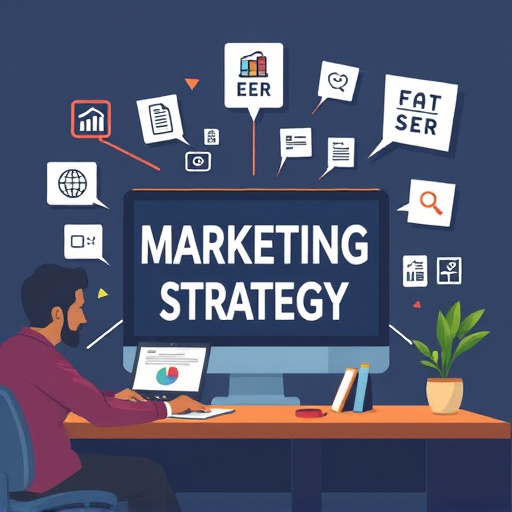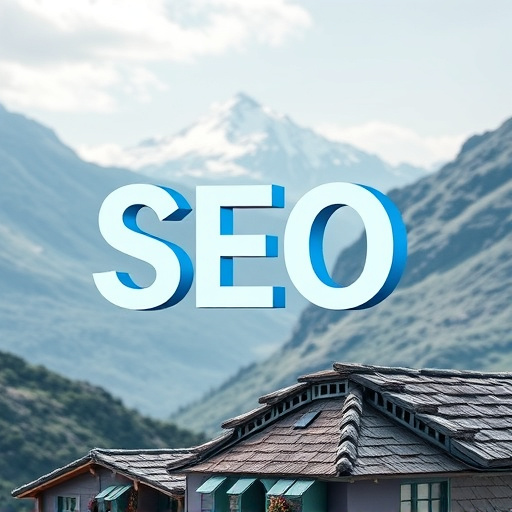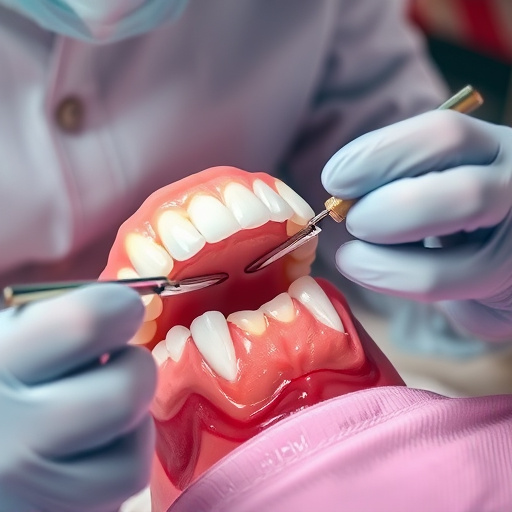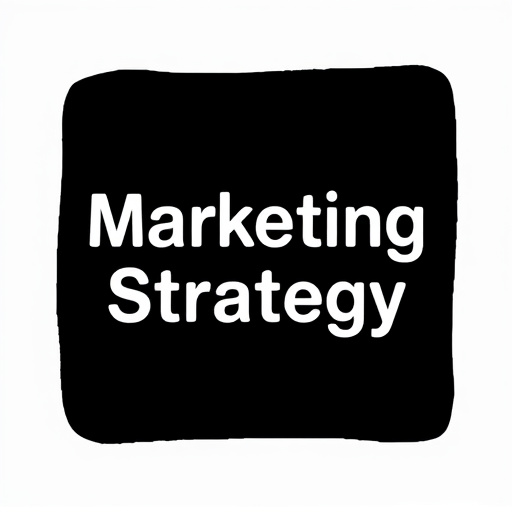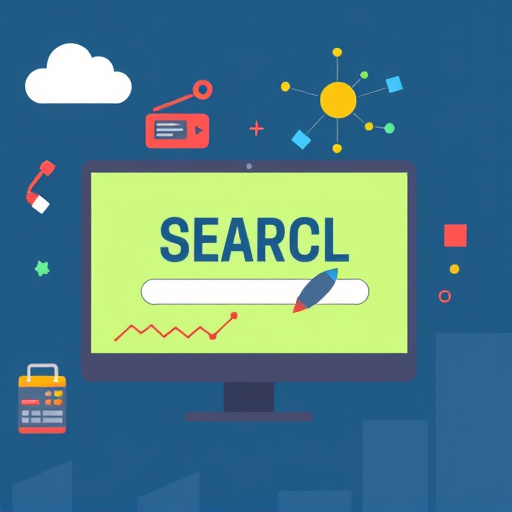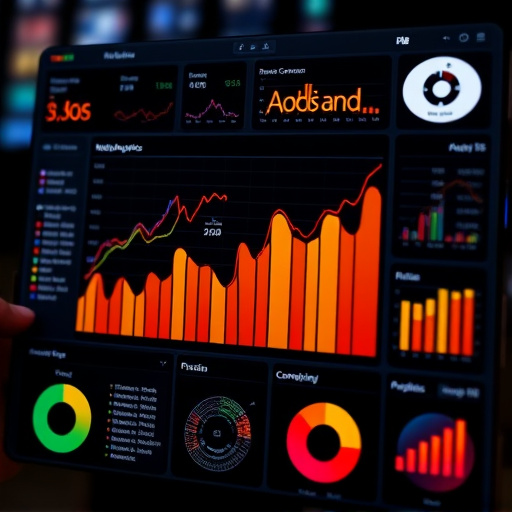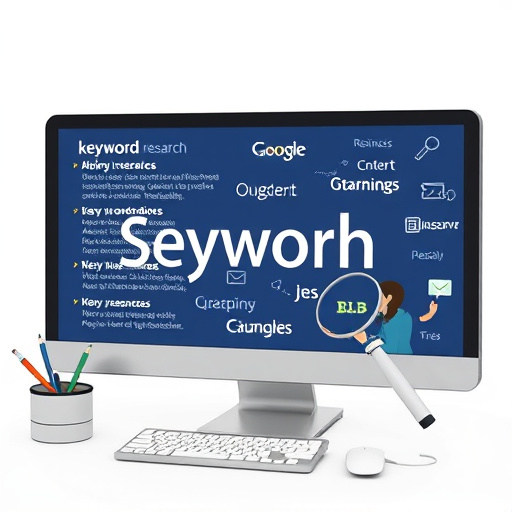Identifying and prioritizing bottlenecks like large image sizes, inefficient code, and outdated plugins is crucial for website speed optimization. Strategies include compressing images, leveraging WebP formats, combining files, enabling browser caching, using CDNs, and improving mobile-friendly design to enhance user satisfaction, search engine rankings, and potential conversions in digital marketing and local SEO efforts across various locations.
Achieving faster page load times is crucial for enhancing user engagement and improving your website’s overall performance. In today’s digital era, where folks are accustomed to instant gratification, every millisecond counts. This article delves into effective strategies for website speed optimization, focusing on identifying and addressing bottlenecks. We explore techniques like optimizing images, reducing HTTP requests, leveraging browser caching, and utilizing Content Delivery Networks (CDNs) to ensure your site loads swiftly, providing a seamless user experience.
- Identify Bottlenecks and Prioritize Improvements
- Optimize Images and Reduce HTTP Requests
- Leverage Browser Caching and Content Delivery Networks (CDNs)
Identify Bottlenecks and Prioritize Improvements

Identifying bottlenecks is a crucial step in optimizing your website’s speed. These can be any elements that slow down the loading process, such as large image sizes, inefficient code, or outdated plugins. By pinpointing these issues, you can prioritize improvements for maximum impact on user experience. Focus on areas that will yield significant results; for instance, enhancing a mobile-friendly website design can significantly boost engagement since most users access websites through their smartphones.
Prioritizing improvements ensures that your efforts are directed towards the most critical aspects first. Consider local SEO Fort Lauderdale or website design Fort Worth as relevant examples where speed optimization plays a vital role in search engine rankings and user satisfaction, respectively. By streamlining your site’s performance, you create a seamless experience for visitors, encouraging them to explore more, thus increasing engagement and potentially driving conversions.
Optimize Images and Reduce HTTP Requests

Optimizing images is a critical aspect of website speed optimization. Large, uncompressed images significantly slow down page load times. To enhance performance, compress and resize images to appropriate sizes for display on your web pages. Modern tools allow you to do this without sacrificing image quality. Additionally, consider using formats like WebP that offer better compression than traditional JPEG or PNG formats.
Reducing HTTP requests is another key strategy. Each time a browser loads a resource from a separate domain, it makes an additional request, adding to the overall load time. Minimize these by combining and consolidating files, leveraging browser caching, and using content delivery networks (CDNs). These techniques help streamline the process, ensuring your website delivers content faster, which is crucial for digital marketing in Dallas and local SEO efforts in Fort Lauderdale.
Leverage Browser Caching and Content Delivery Networks (CDNs)
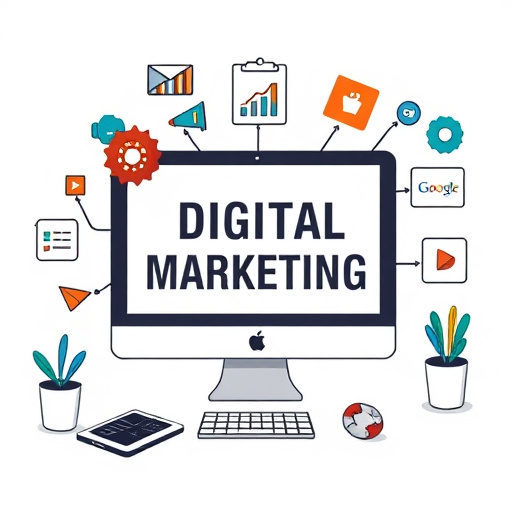
Achieving faster page load times is a powerful strategy to enhance user engagement and overall website performance. Two effective tools in your arsenal for this are Browser Caching and Content Delivery Networks (CDNs). Browser Caching allows users’ browsers to store static assets like images, CSS files, and JavaScript locally, reducing the need to download them every time they visit your site. This results in quicker subsequent page loads, especially for returning visitors, thereby improving user experience.
Content Delivery Networks (CDNs) further optimize website speed by distributing content across multiple servers located globally. By serving your website’s assets from a server closer to the user’s physical location, CDNs reduce latency and improve response times. This is particularly beneficial for websites with a broad audience reach, such as those offered by professional SEO services near me or top-tier website design Hollywood FL companies. Similarly, businesses in the Miami area can leverage these technologies to ensure their online presence remains competitive and engaging, ultimately driving higher conversion rates.
By identifying and addressing bottlenecks, optimizing media assets, and leveraging browser caching and CDNs, you can significantly enhance your website’s performance. These strategies not only contribute to faster page load times but also play a pivotal role in boosting user engagement and driving better conversion rates. Implement these techniques as part of your website speed optimization strategy for a more dynamic and interactive online experience.




